Vaccum dryer
We believe in providing top quality workmanship and are so confident in our level of service that we back.
We believe in providing top quality workmanship and are so confident in our level of service that we back.
The Muez Hest Vacuum Dryer is a cutting-edge solution designed for the efficient drying of heat-sensitive materials under reduced pressure. It is widely used in the food, pharmaceutical, and chemical industries to remove moisture from products such as powders, granules, and extracts without compromising their quality. By operating under a vacuum, the dryer ensures uniform drying and preserves the integrity of delicate compounds, reducing the risk of thermal degradation. Its precise control over temperature and pressure enhances process efficiency and product consistency. The Muez Hest Vacuum Dryer improves overall productivity while minimizing energy consumption and operational costs.

Strategies to ensure proactive domination. At the end of the day,User generated content in real-time will have multiple touchpoints for offshoring.






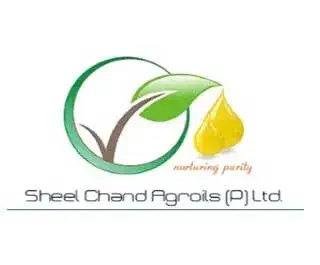
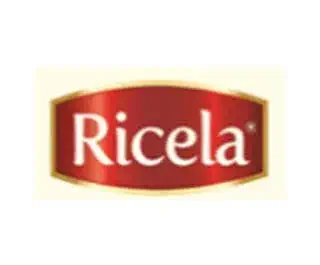
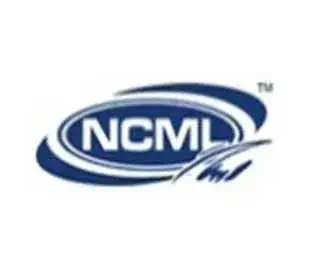
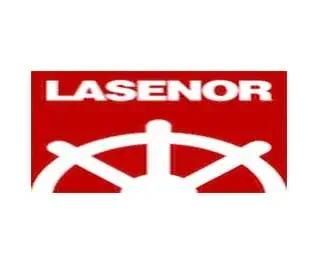




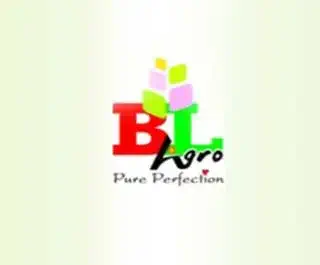

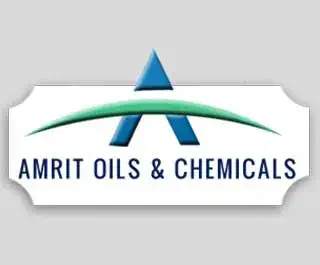
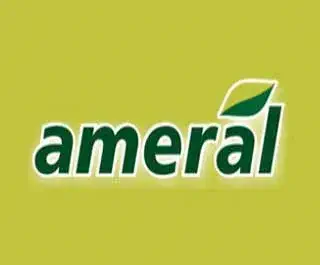




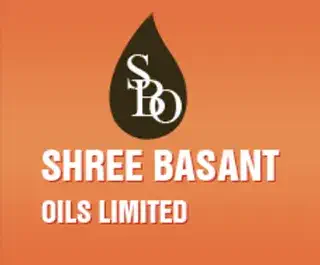
Discover some of the most asked questions regarding Vacuum Dryer.
Creating a Vacuum: Reducing the pressure inside the drying chamber.
Heating the Material: Applying heat to the material to evaporate moisture.
Condensing Moisture: Removing the evaporated moisture from the chamber through condensation or trapping systems. This process prevents heat-sensitive materials from degrading and enhances drying efficiency.
Low-Temperature Drying: Reduces the risk of thermal degradation for heat-sensitive materials.
Efficient Drying: Enhances drying rates due to reduced boiling points and efficient moisture removal.
Improved Quality: Maintains the quality and integrity of the product by minimizing oxidation and degradation.
Reduced Energy Consumption: Can be more energy-efficient compared to conventional drying methods for certain applications.